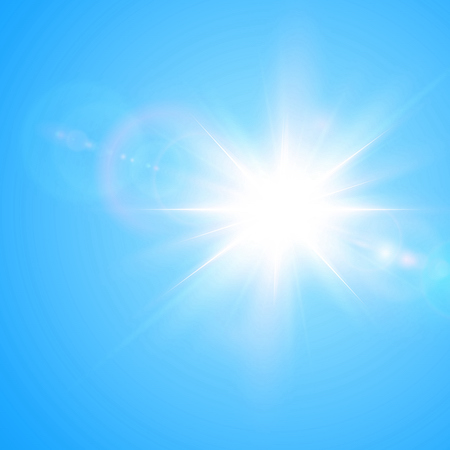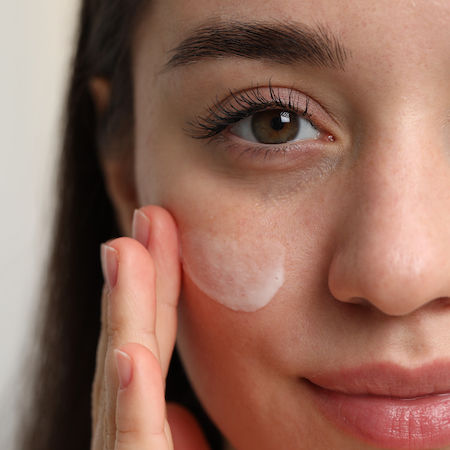UV index. Vitamin D and health. By Marc Sorenson, EdD
The UV index is a measure of the intensity of ultraviolet radiation B (UVB) from the sun. It is expressed as a number on a scale of 0-11. A higher number indicates a higher sunlight intensity. Exposure to the ultraviolet B (UVB) portion of sunlight is necessary to cause the skin to produce vitamin D. Nevertheless, unless the body is deeply tanned or naturally very dark, a very high UV index can cause sunburn, so caution is necessary.
A low UV index is also problematic.
However, if the UV index is very low, it cannot stimulate the production of vitamin D in the skin. Vitamin D production is essential for human health. Thus, lack of vitamin D may be a major reason that flu-like diseases occur primarily during winter, when there is little or no vitamin D production. This, of course varies according to latitude.
A List of vitamin D benefits from Business Insider.
A recent article from Business Insider (a Philippines online paper) discussed various health effects of vitamin D and sun exposure. Here are some of their salient points, not all of which are correct.
- The primary cause of vitamin D deficiency is sun deprivation (correct).
- Vitamin D helps keep the immune system, so deficiency could be the reason for frequent flu (correct).
- You can get more vitamin D by spending at least 5 to 10 minutes outside 3 times a week without sunscreen (correct).
How much vitamin D does a person need?
- The most incorrect statement of the article is this. The average adult needs around 600 international units (IU) of vitamin D a day (not correct). For reference, a serving of salmon contains roughly 400 IU (not correct). 20 minutes of full-body, unobstructed sunlight can cause the skin to produce up to 20,000 IU of vitamin D. If 600 IU were the only source of vitamin D, one would produce a level of six ng/ml, which would be woefully inadequate. 600 IU is only slightly better than nothing.
- Fifteen minutes of non-burning midday sun (without sunscreen) would optimize vitamin D levels in a few days. Dark-skinned individuals would need much more exposure, up to an hour.
Getting more frequent colds or respiratory infections could be a symptom of vitamin D deficiency (correct). However, it is even more likely to be a sign of sunlight deprivation.
- Colds and flu nearly disappear in the summer when the sun is direct. During this time of the coronavirus epidemic, everyone on earth needs daily direct or indirect sun exposure. Those who do not tan can obtain plenty of sunlight from being outdoors under an umbrella or even in the shade near where the sun is shining.
Bone diseases, vitamin D and sunlight.
- Vitamin D deficiency can cause Osteomalacia and Osteoporosis, conditions where your bones become less dense (correct). Sun exposure produces about 90% of the body’s serum levels of vitamin D. In addition, not all vitamin D supplement studies have produced stronger bones.
Sunlight is king for increasing bone strength.
- However, sun exposure, or exposure to sunbeds (tanning beds) produces marvelous results. For example, a Spanish study showed that women in Spain—those who regularly enjoyed sun exposure—had about one-eleventh the risk of hip fractures as women who had little exposure. Women who use sunbeds also have profoundly higher bone mass than women who do not use them. Their vitamin D levels are also remarkably higher.
Mental problems due to a low UV index and subsequent vitamin D deficiency.
- Vitamin D has some links to depression (correct). Nevertheless, that link in my opinion is 100% due to to sun deprivation. Dr. Gavin Lambert and his colleagues in Australia measured serotonin levels in response to varying degrees of bright light. To do so, they drew blood samples from the internal jugular veins of 101 men and compared the serotonin concentrations of the blood to weather conditions and seasons. The results were remarkable: Men measured on a very bright day produced eight times more serotonin than those measured on a cloudy, dismal day.
More on the UV index and “solar noon.”
When meteorologists report UV index, the emphasis usually warns against the maximum UV level. That level generally occurs around “solar noon.” Solar noon is a four-hour period stretching from 10:00 AM to 2:00 PM. As you have probably noticed, forecasters constantly warn us to avoid the 10:00 to 2:00 hours. Avoiding intense UV radiation is their watchword. Many of them say, “Get sun exposure in the early morning or late afternoon to produce vitamin D.” They should know that the UV index must be over 3 to produce vitamin D.
These reporters do not understand how low UV index hinders vitamin D production.
They do not comprehend that UV index is so weak in the morning that it produces absolutely no vitamin D. The same is true in the evening. Therefore, the closer to solar noon you plan your outdoor time, the more vitamin D you will produce. Vitamin D produced in the skin from solar UVB exposure does not lead to vitamin D toxicity and is safe, as the body limits its own production.
Another method to measure the efficacy of sunlight for vitamin D is to stand in the sun at any time of day and observe your shadow. If your shadow is shorter than your height, you are producing vitamin D. This, the shorter the shadow, better.
Caveats regarding the UV index and vitamin D. Morning sun is still very healthful.
Early morning sun exposure, when the UV index is very low, (under 3) has remarkable health effects. These include resetting the circadian rhythm, increasing production of serotonin, lowering blood pressure through nitric-oxide production and assisting weight loss. Nevertheless, vitamin D stimulation in the skin is not one of the health effects of early morning light.
So safely soak up the sun at any time of day and reap the health benefits. Never burn.
Happy sunning!
For more information: http://sunlightinstitute.org/ and read the book, Embrace the Su n.
n.


